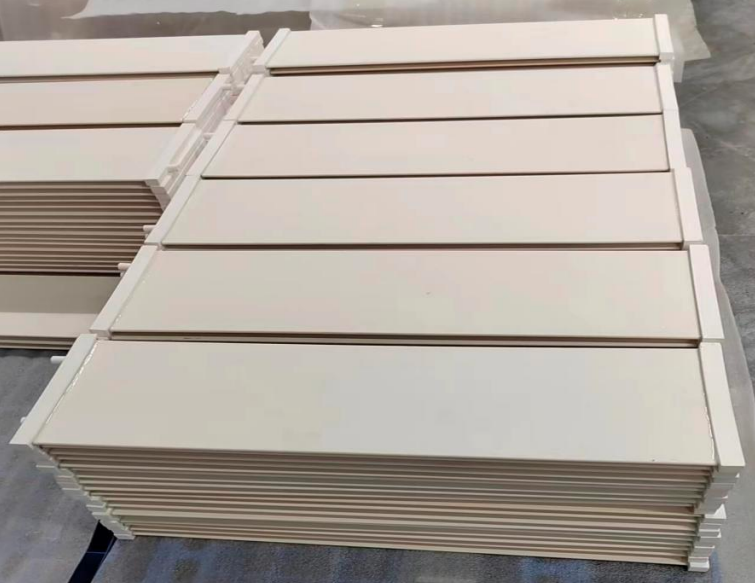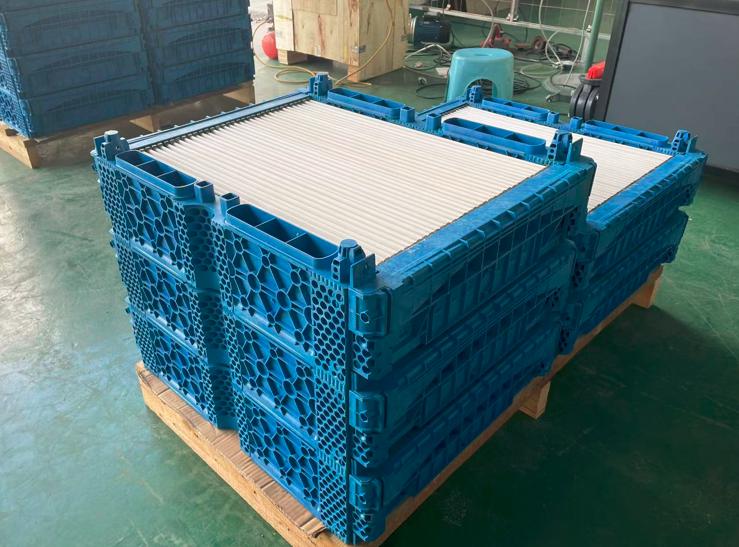
2024-02-29 Ceramic membrane bubbles usually disappear automatically. It is because ceramic membranes, whether made of TPU or PET materials, have excellent ductility and shrinkage. When bubbles are generated, these characteristics enable them to gradually dissipate.
Read More 
2024-02-18 Compared with the above methods, membrane separation technology can adjust the pore size as needed to achieve precise separation. Moreover, membrane separation method does not require the introduction of a third phase, has mild operating conditions, and high separation efficiency, making it an effective way to achieve oil-water separation.
Read More 
2024-01-18 Inorganic ceramic membrane is a precision ceramic filtration material with a porous structure, which is sintered at 1360 ℃ using alumina, titanium oxide, zirconia, and other materials. The porous support layer, transition layer, and microporous membrane layer are asymmetrically distributed, and the filtration accuracy includes microfiltration, ultrafiltration, and nanofiltration.
Read More 
2024-01-25 Dual metamaterials separate oil and water by altering the wettability of the surface of an object, i.e. altering the attraction (surface tension) between molecules. The dual properties of materials, compared to water molecules, have a greater repulsive force on oil molecules.
Read More 
2022-09-09 MBR, also known as membrane bioreactor, is a new water treatment technology combining activated sludge process and membrane separation technology. At present, MBR membrane is mainly divided into four types: hollow fiber membrane, flat ceramic membrane, ceramic membrane and tubular membrane.
Read More 



